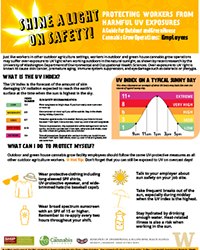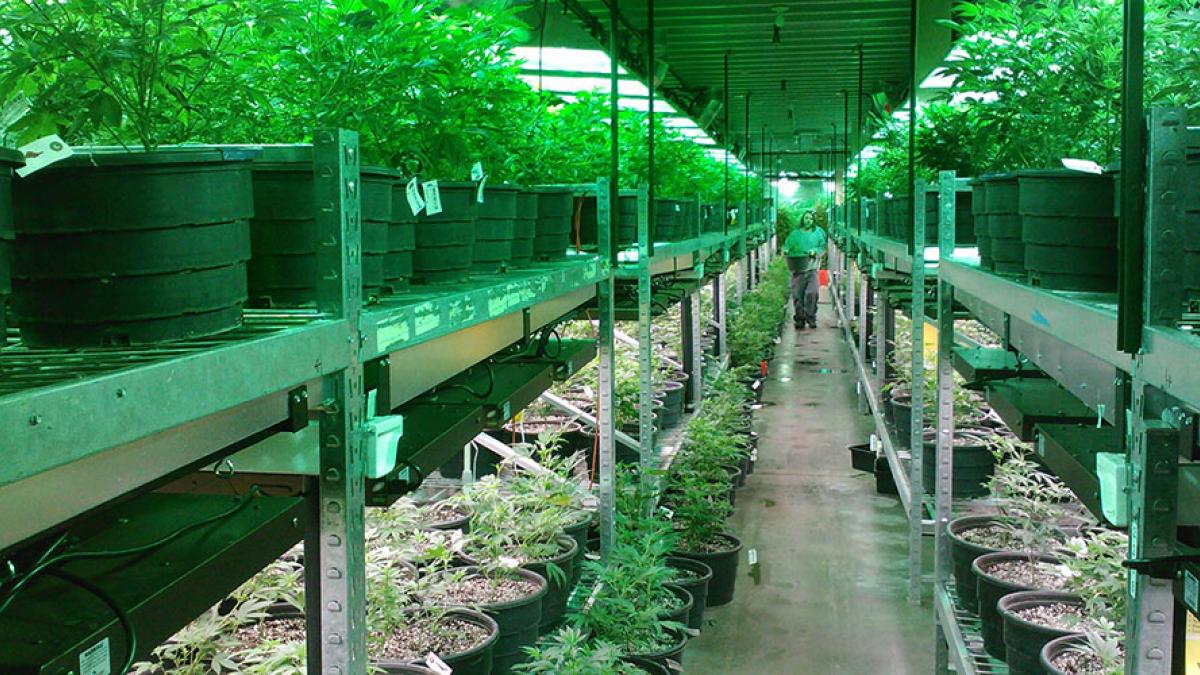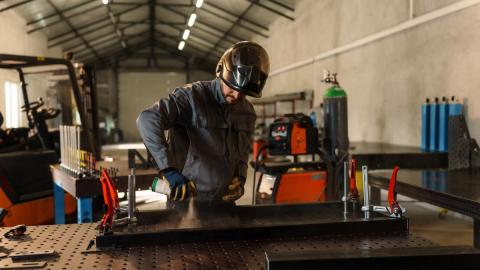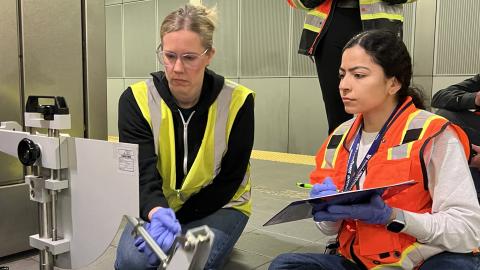What’s the fastest-growing job category in America?
You might guess tech or health care. But you’d be wrong.
Get the DEOHS fact sheet about cannabis worker safety here.
The cannabis industry is at the top, with jobs growing 445 percent in 2017, according to data from ZipRecruiter.com.
In Washington state alone, the cannabis industry had created an estimated 11,000 jobs by 2016, four years after the state became one of the first to legalize recreational use of marijuana in 2012.
This "green rush" is generating billions of dollars in annual sales and tax revenues along with a new set of concerns about on-the-job health and safety issues faced by cannabis workers.
“There are a lot of cannabis workers unprotected,” said Professor Christopher Simpson of the UW Department of Environmental & Occupational Health Sciences (DEOHS). “Studying their exposures is our duty at DEOHS as we are mandated by the state to protect workers.”
States step up

Even as more states vote to legalize marijuana, it remains illegal at the federal level. That means the industry is mostly unregulated by agencies such as the US Environmental Protection Agency and the Occupational Safety and Health Administration.
It also means there is a shortage of funding to study cannabis workplace exposures and their health impact.
Occupational health concerns among cannabis workers include potentially hazardous exposures to ultraviolet (UV) radiation, mold, volatile organic compounds, particulate matter and ergonomic injuries.
“In the absence of federal leadership, it’s falling to the states to protect cannabis workers,” said Simpson, who began investigating workplace issues in the cannabis industry in 2016. “As more states legalize marijuana, we need to work together, learn from each other and share education and training materials.”
Studying UV exposure
In 2015, DEOHS master’s student Max Chmielinski collected preliminary data on exposure to UV light generated by grow lamps in two indoor cannabis grow operations (CGOs).
Chmielinski’s initial study found potentially harmful UV exposure, which can cause skin cancer, premature aging, immune system suppression and eye damage.
In 2016, Simpson and Chmielinski joined forces with other DEOHS colleagues and the nonprofit Cannabis Alliance to follow up. By attaching sensors to workers during their eight-hour shifts, Simpson’s team was able to measure their UV exposures.
This larger study evaluated a combination of five indoor, outdoor and greenhouse grow operations, supported by funding from the Safety and Health Investment Projects program of the state Department of Labor & Industries.
“It was important to expand the study to all CGO workplaces,” Simpson said. “Only looking at indoor workers gives the false impression that UV exposure outdoors is not hazardous, when in fact, outdoor workers had the highest exposures.”
The study found that indoor cannabis workers did not exceed the state limits for UV exposure, while outdoor cannabis workers were subjected to harmful UV exposure, similar to other outdoor professions.
A closer look at UV bulbs for growers
Simpson’s team also tested UV bulbs sold to grow operations to compare UV emission levels.
Two types of bulbs sold to indoor grow operations (metal halide and germicidal bulbs) had significant potential to exceed the state’s recommended UV exposure limits, with germicidal bulbs exceeding the limits by 300 percent. Simpson said germicidal bulbs are most often used to sterilize surgical equipment in hospitals, where the UV hazards are well understood and well controlled.
In the cannabis industry, germicidal bulbs are marketed to cannabis farmers as a way to control powdery mildew on the crop. Simpson said some cannabis farmers purchase higher UV-emission bulbs because they believe these bulbs increase THC, one of the active ingredients in cannabis.
Shining a light on safety

Simpson’s study found outdoor cannabis workers overall were more aware of the harmful effects of UV exposure compared to indoor workers.
Simpson said many of the outdoor workers wore protective clothing, and employers set up shaded areas for rest and hydration breaks. While some indoor grow operations required workers to wear sunglasses, protections for indoor workers were not consistent.
To raise awareness, Simpson’s team created free fact sheets, available in both English and Spanish. The factsheets describe protective measures that employers as well as their indoor and outdoor cannabis workers can take. To date, more than 100 factsheets have been downloaded by organizations in Washington, Oregon and Colorado.
What’s next: studying respiratory health
The research team’s initial interviews with cannabis workers also uncovered another concern: Workers were worried about their respiratory health, reporting symptoms such as shortness of breath; nasal irritation and bleeding; and skin rashes.
A new study will begin this fall with pilot funding from our Pacific Northwest Agricultural Safety and Health Center to collect respiratory health information from workers.
“We will look at the relationship between those health symptoms and specific work activities to provide workers with guidance,” Simpson said.




